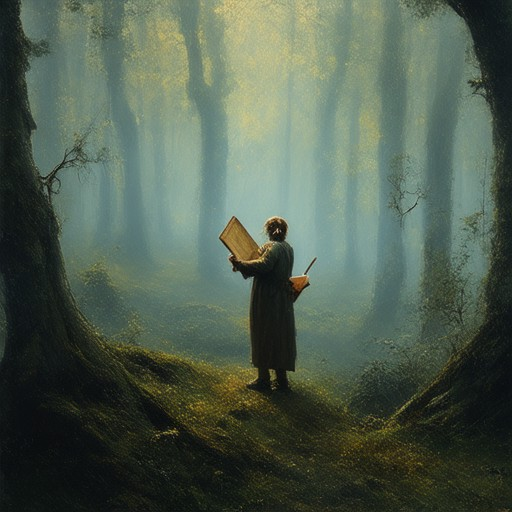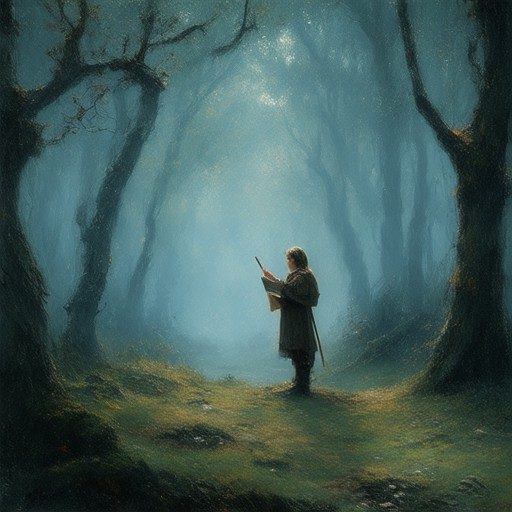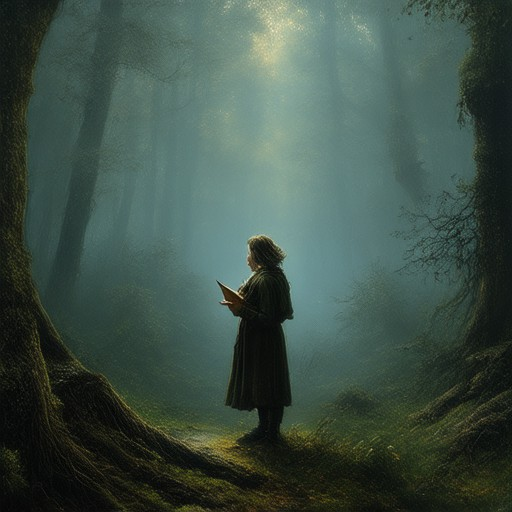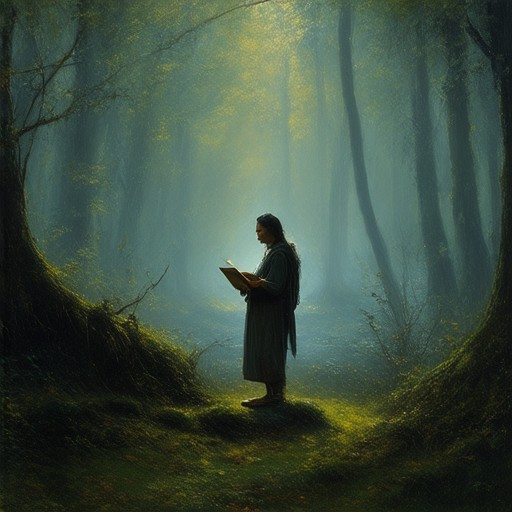Exploring different art techniques can be an exhilarating journey that opens up a world of creative possibilities. Whether you’re a seasoned artist looking to expand your horizons or a beginner eager to dip your toes into the vast ocean of artistic expression, the realm of art offers countless opportunities to discover new styles, techniques, and mediums. From traditional mediums like painting and sculpture to contemporary approaches such as digital art and mixed media, the field of art is rich with diversity and innovation. This guide will walk you through the process of exploring different art techniques, providing insights into the various styles and methods that await your creative exploration. By understanding the fundamentals of different art forms and mastering essential techniques, you can unlock your imagination and embark on a transformative artistic journey.
Key Takeaways
- Begin with foundational art techniques to build a robust skill set for various styles.
- Explore a diverse range of visual and performing arts to identify your creative interests.
- Utilize step-by-step beginner guides to effectively master different art forms.
- Draw inspiration from renowned artists across diverse disciplines.
- Leverage online resources and communities to enhance your learning journey.
- Embrace experimentation to cultivate a unique artistic expression.
- Start with basic projects and gradually expand your artistic expertise.
- Engage with local art communities for support and growth opportunities.
- Combine multiple art forms to create versatile and meaningful作品。
- Remain curious and open-minded to continually explore new art techniques.

How to Explore Different Art Styles
Exploring different art styles can be a rewarding journey that broadens your creativity and understanding of artistic expression. Here’s a structured approach to dive into various art styles:
- 1. Research Art History and Movements
- Start by studying major art movements such as Renaissance, Impressionism, Cubism, and Modernism. Each movement has distinct characteristics and techniques.
- Visit museums or online platforms dedicated to art history to get insights into different periods and their artistic developments.
- Explore Art History Resources for detailed timelines and artist profiles.
- 2. Experiment with Different Mediums
- Try your hand at various mediums like oil painting, watercolor, sculpture, or digital art to experience firsthand how different materials and tools influence style.
- Experiment with mixed media to combine textures and elements for unique creations.
- Discover Art Supplies to find tools and resources for your creative experiments.
- 3. Analyze Famous Works
- Study iconic artworks from masters like da Vinci, Van Gogh, and Picasso to understand their techniques and stylistic choices.
- Look for patterns in composition, color theory, perspective, and subject matter across different artists.
- Explore The Web Gallery of Art to analyze works from various periods and cultures.
- 4. Attend Art Classes or Workshops
- Enroll in art classes or workshops to learn specific techniques and gain insights into different art styles.
- Participate in group discussions or critiques to receive feedback and learn from fellow artists.
- Find Online Art Courses for flexible learning options.
To further enhance your exploration:
- Tips for Effective Exploration:
- Set personal goals to guide your exploration, whether it’s mastering a particular technique or understanding cultural influences.
- Keep a journal or portfolio to document your progress and track your evolution as an artist.
- Engage with communities or forums where you can share your work and receive constructive feedback.
Resources for Further Learning:
- Recommended Websites:
- Pinterest – A visual feast of artistic inspiration across various styles.
- ArtStation – A hub for digital artists and concept artists.
- DeviantArt – A community-driven platform for sharing and discovering art.
By systematically exploring different art styles, you’ll not only deepen your artistic skills but also develop a more nuanced appreciation for the diverse ways humans express themselves creatively.
What Are the 7 Different Forms of Art?
The traditional subdivision of the arts encompasses a diverse range of creative expressions. Here’s a breakdown of the major forms:
- Visual Arts
- Painting: A timeless medium where artists use brushes, colors, and canvas to create imagery.
- Sculpture: Three-dimensional art created through carving, casting, or assembling materials.
- Photography: Capturing moments through film or digital technology to produce still images.
-
Performing Arts
- Dance: Expressing emotion and stories through movement and rhythm.
- Music: Creating sound and compositions using instruments, vocals, or electronic tools.
- Theatre: Combining acting, singing, and performance to tell narratives.
-
Literary Arts
- Writing: Conveying ideas and emotions through prose, poetry, or scripts.
- Spoken Word: Performing written words with emotion and delivery.
-
Applied Arts
- Architecture: Designing structures and spaces that are functional and aesthetically pleasing.
- Design: Creating visual solutions for products, branding, and interior spaces.
-
Digital Arts
- Digital Painting: Using software to create artwork traditionally or with innovative effects.
- Digital Sculpting: Manipulating 3D models digitally for artistic expression.
- Video Art: Telling stories or exploring themes through moving image sequences.
-
Installation Art
- Large-scale art pieces designed to interact with their environment, often temporary or site-specific.
-
Crafts
- Handmade objects and artifacts made from materials like wood, metal, glass, or fabric, ranging from functional items to decorative pieces.
Each form of art offers unique ways to express creativity and inspire audiences, contributing to the rich tapestry of human culture. Explore these art forms on Artful Journey to discover tips, techniques, and inspiration for your own artistic journey.

Various Techniques Used in Art
Art encompasses a wide range of techniques and mediums, each offering unique ways to express creativity and emotion. Below is a list of common art techniques along with their characteristics and applications:
-
Drawing
Drawing is a fundamental art technique that involves marking surfaces with lines, shapes, or symbols. It can be done with various tools like pencils, pens, markers, or digital software. Drawings are often used in sketchbooks to develop ideas before creating larger works.
-
Painting
Painting involves applying paint, which can be oil, acrylic, watercolor, or spray paint, onto surfaces like canvas, paper, or walls. Paintings can be abstract or representational, capturing emotions, landscapes, or still lifes.
-
Sculpture
Sculpture is the creation of three-dimensional objects, often made from materials like clay, marble, wood, or metal. Sculptors shape these materials to form figures or designs, giving life to inanimate forms.
-
Printmaking
Printmaking involves creating images on paper or other surfaces using printing techniques. Common methods include etching, lithography, screen printing, and digital printing. Printmakers often use stencils, plates, or digital files to transfer images onto paper.
-
Photography
Photography captures light and shadows to create images on film or digital sensors. Photographers use cameras, lenses, and lighting to compose shots that freeze moments in time, telling stories or documenting subjects.
-
Collage
Collage combines diverse materials, such as paper, fabric, paint, or found objects, to create layered artworks. This technique allows artists to experiment with textures, colors, and forms, often resulting in unique and eclectic pieces.
-
Fabrication
Fabrication in art refers to constructing or assembling objects, often from scratch. This can involve woodworking, metalworking, or using industrial machinery to create large-scale installations or sculptures.
-
Digital Art
Digital art uses computers and software to create artwork. This includes graphic design, digital painting, 3D modeling, and animation. Digital artists leverage tools like Adobe Photoshop, Maya, or Procreate to produce work that can be shared globally.
-
Calligraphy
Calligraphy is the art of beautiful handwriting. It involves writing or drawing letters, words, or phrases in a flowing, decorative style. Calligraphic works are often used in paintings, signs, or as standalone pieces.
-
Mosaic
Mosaics are created by arranging small tiles, stones, or glass pieces in patterns to form a larger image or design. This technique has been used for centuries, from ancient floors to modern decorative pieces.
-
Street Art
Street art is a form of public art that appears on walls, streets, or public spaces. It often blends elements of painting, sculpture, and graffiti, aiming to inspire or challenge viewers in unexpected places.
These techniques allow artists to express themselves uniquely, pushing boundaries and exploring new creative avenues. Whether traditional or contemporary, each method contributes to the vibrant world of art.
For more resources and inspiration, visit Artful Journey to explore tutorials, articles, and insights for artists of all levels.

What Are the 10 Types of Visual Arts?
The visual arts encompass a diverse range of creative disciplines that express ideas and emotions through tangible forms. Here are 10 primary categories of visual arts, each offering unique ways to explore artistic expression:
- Painting
- A medium that involves applying paint, often on canvas, to create images or abstract works. Examples include oil painting, watercolor, and acrylics. Notable artists include Leonardo da Vinci and Claude Monet.
-
Drawing
- Involves marking surfaces with lines, shapes, or symbols. Techniques include sketching, engraving, and calligraphy. Artists like Rembrandt and Henry Moore are renowned for their work in this field.
-
Sculpture
- Three-dimensional artwork created from materials like stone, metal, wood, and clay. Notable sculptures include those by Michelangelo and Alexander Calder.
-
Photography
- Captures light and shadows to create permanent images. It includes both digital and traditional methods, with photographers like Ansel Adams famous for their nature shots.
-
Printmaking
- Involves creating prints using techniques like lithography, etching, and screen printing. Artists such as Andy Warhol gained fame through their printmaking efforts.
-
Ceramics
- Involves working with clay to create pottery, tiles, and decorative items. Ceramicists like Bernard Leach are known for their craftsmanship.
-
Video Art
- Utilizes digital tools to create moving-image pieces. This genre blends art with technology, with artists like Nam June Paik recognized for their innovative works.
-
Fashion Design
- Combines creativity with functionality to design clothing and accessories. Designers like Christian Dior and Yves Saint Laurent are celebrated for their impactful designs.
-
Architecture
- Focuses on designing structures and buildings that are both functional and aesthetically pleasing. Architects like Frank Lloyd Wright are known for their sustainable designs.
-
Design
- Encompasses various aspects, including interior design, graphic design, and industrial design. Designers like Eero Saarinen contributed significantly to modern design aesthetics.
These visual arts forms provide a rich tapestry of creative expressions, each offering a unique perspective on the world. Whether through static mediums like painting or dynamic ones like video art, these disciplines continue to inspire and evolve.
What Are the 20 Types of Performing Arts?
Here is a comprehensive list of 20 types of performing arts, each offering unique expressions of creativity and artistry:
- Dance : Encompasses various forms such as classical ballet, contemporary dance, jazz, hip-hop, tap, and modern dance.
- Music : Includes classical, instrumental, vocal, folk, rock, pop, jazz, blues, and electronic genres.
- Theater : Covers traditional theater, musicals, operas, dramas, comedies, and improvisational theater.
- Circus Arts : Features acrobatics, tightrope walking, clown acts, and juggling performances.
- Magic and Illusion : Involves stage magic, close-up magic, mentalism, and illusions.
- ** Mime and Silent Performance**: Utilizes facial expressions, gestures, and silence to tell stories.
- Spoken Word and Poetry Slams : Includes motivational speeches, storytelling, and competitive poetry.
- Puppetry : Involves traditional marionettes, shadow puppets, and hand puppets.
- Comedy : Includes stand-up comedy, improv, sketch comedy, and slapstick humor.
- Film and Video : Encompasses short films, animations, documentariess, and experimental videos.
- Digital Performance : Incorporates virtual reality, augmented reality, and interactive digital performances.
- Indigenous Performances : Includes traditional dances, songs, and rituals from indigenous cultures.
- Fusion Genres : Combines elements of different art forms, such as world music fusion or multi-disciplinary performances.
- Historical Reenactments : Brings history to life through live recreations of historical events.
- Specialized Performances : Features unique acts like fire dancing, hoop diving, and fan dancing.
- Animal Performances : Includes dog tricks, bird training, and animal impersonations.
- Circus Arts : Integrates acrobatics, clown acts, and juggling into performances.
- Mask and Puppet Shows : Utilizes masks and puppets to tell stories and convey emotions.
- Storytelling : Covers personal narratives, fables, and mythological tales.
- Experimental Performance : Pushes boundaries with avant-garde, site-specific, and non-traditional works.
These performing arts forms showcase the diverse ways humans express creativity and emotion, captivating audiences worldwide. Whether you prefer traditional theater or cutting-edge digital performances, there’s something for everyone to enjoy. Explore these art forms to discover your favorites and broaden your horizons.

The 11 Forms of Art Explained
Art encompasses a vast spectrum of creative expressions, each reflecting unique cultural, emotional, and intellectual perspectives. Below is a detailed breakdown of the 11 primary forms of art, each offering distinct ways to explore human creativity:
1. Visual Arts
Visual arts include a wide array of mediums through which creators express themselves visually:
- Painting : From oil paintings to watercolors, painting captures moments and emotions on canvas.
- Sculpture : Three-dimensional works like statues, sculptures, and installations bring shapes and forms to life.
- Ceramics : Handcrafted pottery and ceramic art showcase craftsmanship and functionality.
- Photography : Capturing fleeting moments and stories through the lens of a camera.
- Printmaking : Techniques like lithography, etching, and screen printing create lasting images on paper.
- Architecture : The art and science of designing structures that stand as testament to human ingenuity.
2. Performing Arts
Performing arts involve live performances that combine movement, sound, and emotion:
- Dance : From classical ballet to contemporary dance, movement tells stories and conveys feelings.
- Music : Composed and performed, music resonates deeply with audiences across cultures.
- Theater : Plays, musicals, and performances bring scripts to life through acting and direction.
- Opera : A unique blend of singing, acting, and drama presented in grand theatrical settings.
3. Literary Arts
Literary arts involve written forms that convey ideas, stories, and emotions:
- Writing : Novels, poetry, essays, and journals offer diverse ways to communicate thoughts and experiences.
- Poetry : Condensed words that evoke imagery, emotion, and introspection.
- Drama : Scripts that are meant to be performed on stage or screen.
4. Applied Arts
Applied arts focus on functional and decorative creations:
- Design : From graphic design to interior design, creating spaces and visuals that are both functional and aesthetically pleasing.
- Fashion Design : Transforming ideas into wearable art through clothing and accessories.
- Garden Design : Creating outdoor spaces that are both beautiful and functional.
5. Digital Arts
With the rise of technology, digital arts have emerged as a significant form:
- Digital Painting : Using software to create intricate and dynamic artwork.
- Computer Graphics : Generating images and animations through computational methods.
- Video Art : Combining moving images, audio, and graphics to create narrative pieces.
6. Folk Art
Folk art reflects traditional customs and cultural heritage:
- Handicrafts : Items created by skilled artisans using traditional techniques.
- Traditional Textiles : Cloth, thread, and fabric woven into patterns and designs.
- Primitive Art : Art forms that resemble ancient or primitive styles.
7. Abstract Art
Abstract art transcends representational forms, focusing on shape, color, and texture:
- Color Field : Paintings dominated by large areas of color.
- Abstract Expressionism : Intense, gestural works that convey strong emotions.
- Geometric Abstraction : Art based on geometric shapes and patterns.
8. Conceptual Art
Conceptual art focuses on ideas rather than traditional media:
- Installation Art : Large-scale, site-specific works that engage the audience physically and mentally.
- Performance Art : Temporary works that happen in real-time and often interact with the audience.
- Land Art : Art created in natural landscapes, often temporary and ephemeral.
9. Textile Arts
Textile arts involve the creation of fabrics and fiber-based materials:
- Knitting : Creating garments and textiles through knitting needles.
- Weaving : Loom-based techniques to create intricate fabrics.
- Embroidery : Decorative stitching on fabric or leather.
10. Cinematic Arts
Cinematic arts encompass film, video, and animation:
- Film Making : The process of creating movies from concept to final product.
- Video Production : Creating short films, commercials, or promotional videos.
- Animation : Bringing characters and scenes to life through motion pictures.
11. Body Arts
Body arts involve modifications or enhancements to the body:
- Tattooing : Permanent or temporary marking on the skin.
- Piercing : Insertion of jewelry or other objects through the skin.
- BODYART : A holistic approach to physical fitness and body modification.
Conclusion
From visual and performing arts to literary and applied arts, the world offers a rich tapestry of artistic expressions. Each form provides a unique avenue for creativity, allowing individuals to explore their passions and contribute to the cultural landscape. Whether you prefer the traditional medium of painting or the cutting-edge innovation of digital art, there’s something for everyone to appreciate and engage with in the world of art.
Explore these art forms further and discover the endless possibilities that art offers. Visit our website to learn more about each form and find resources to enhance your artistic journey.




0 Comments